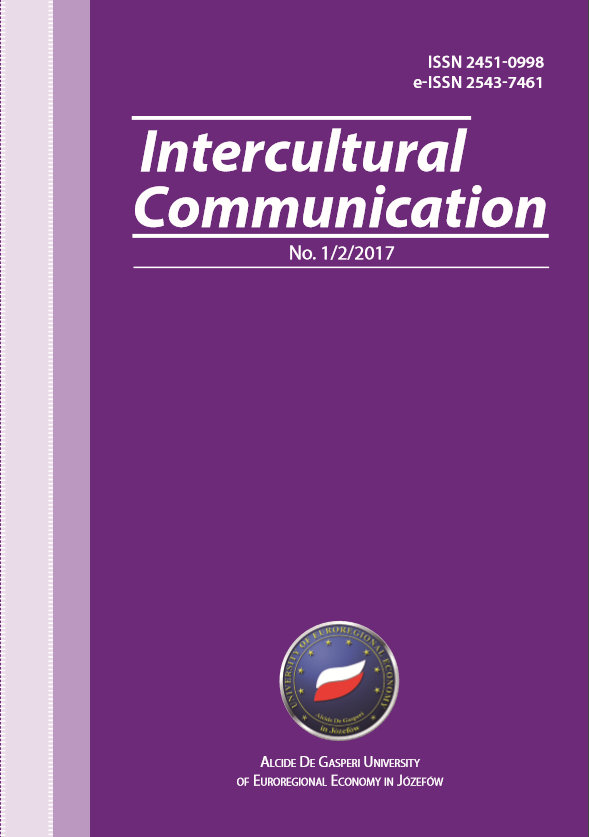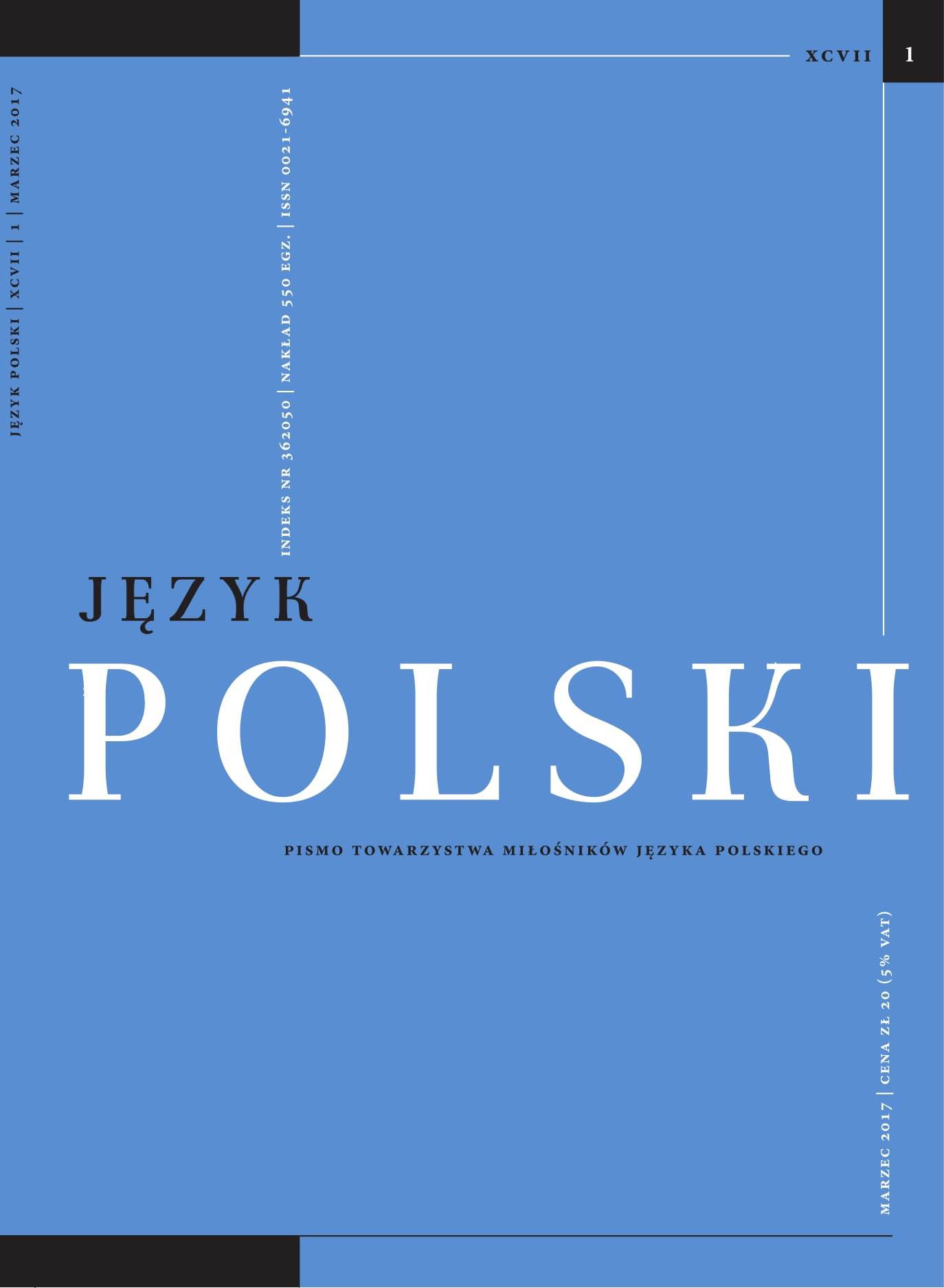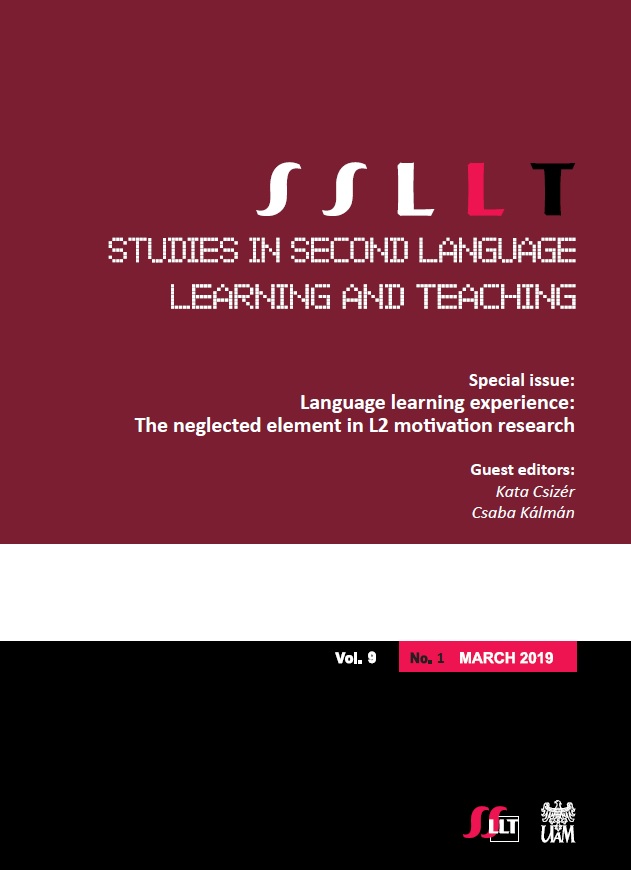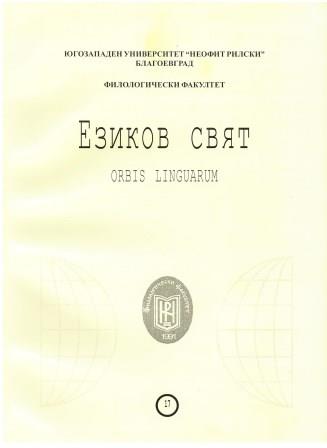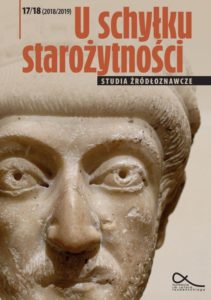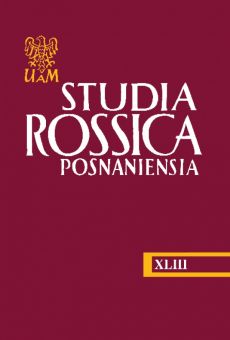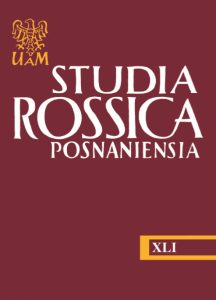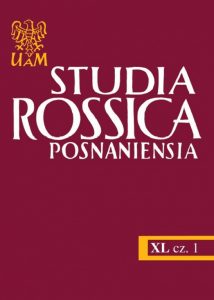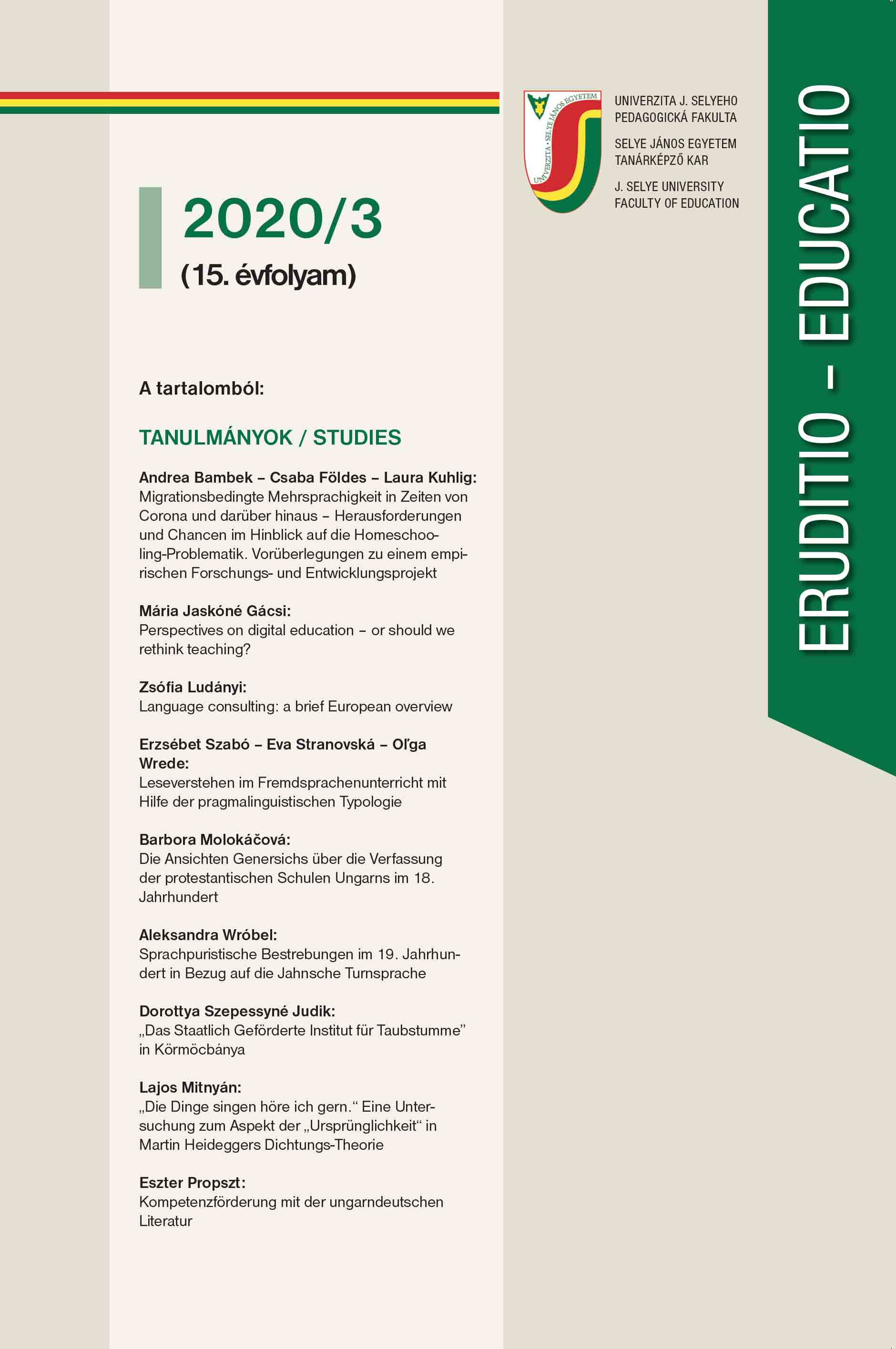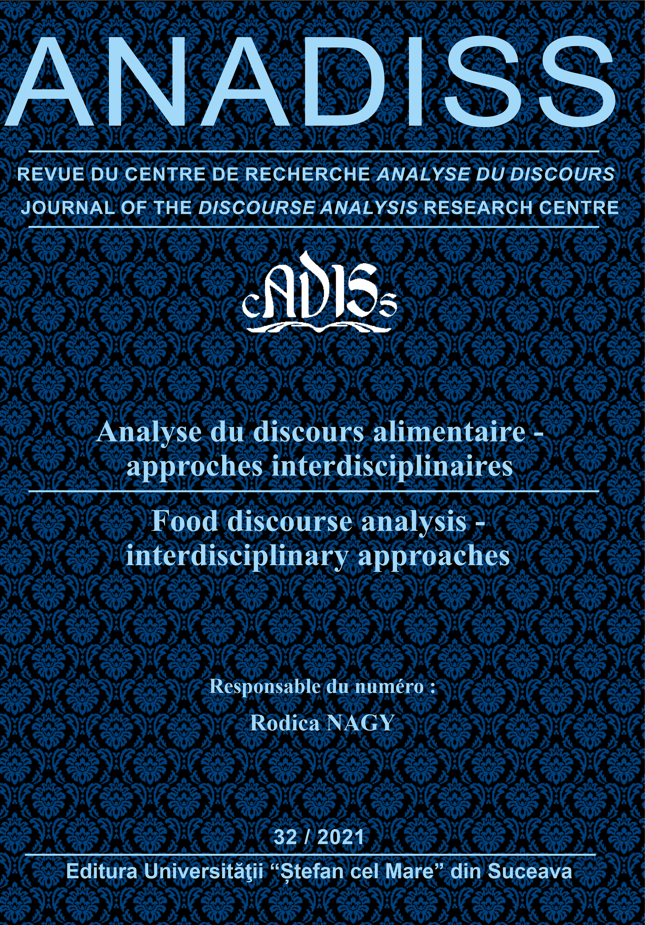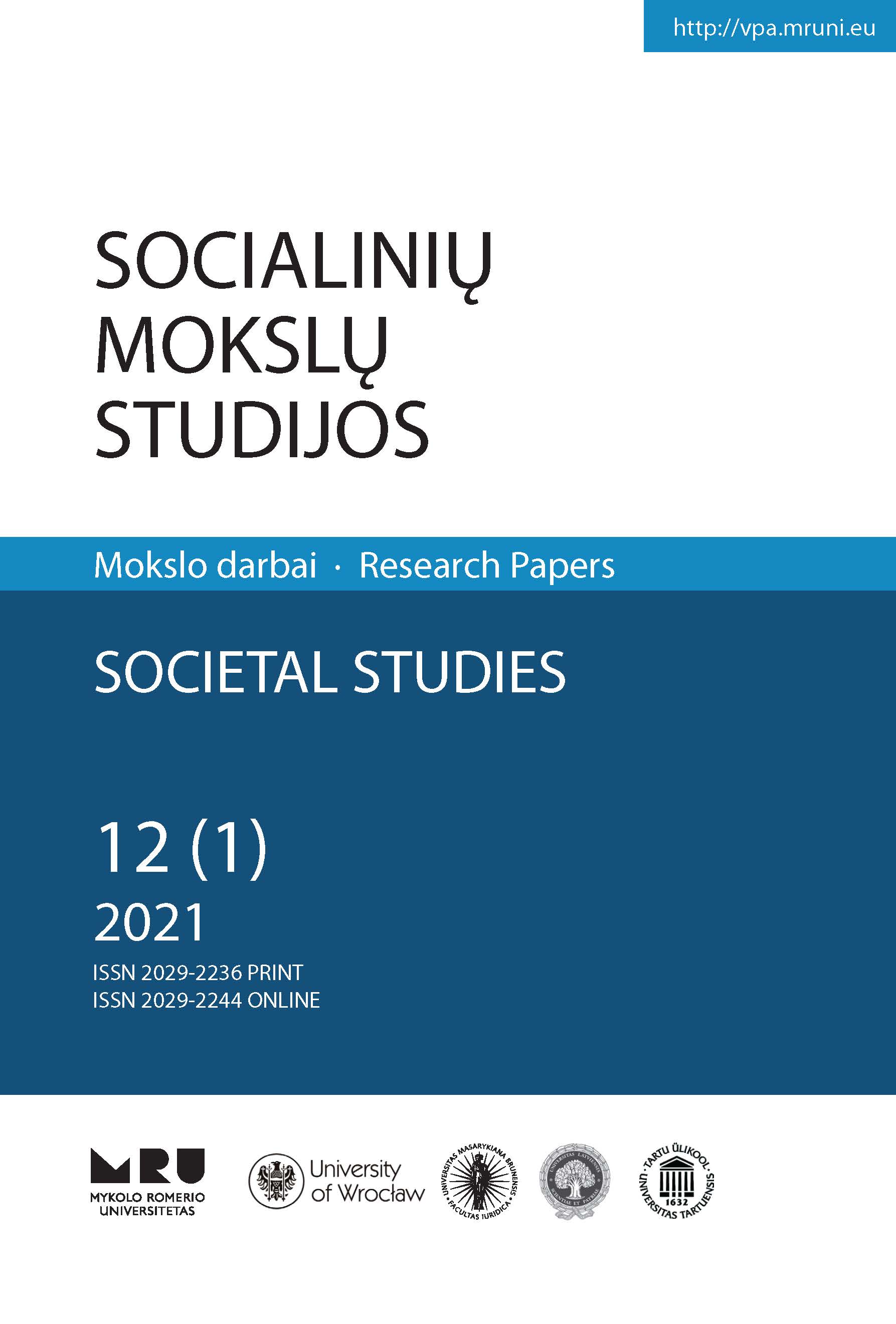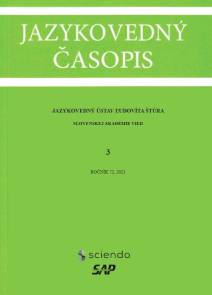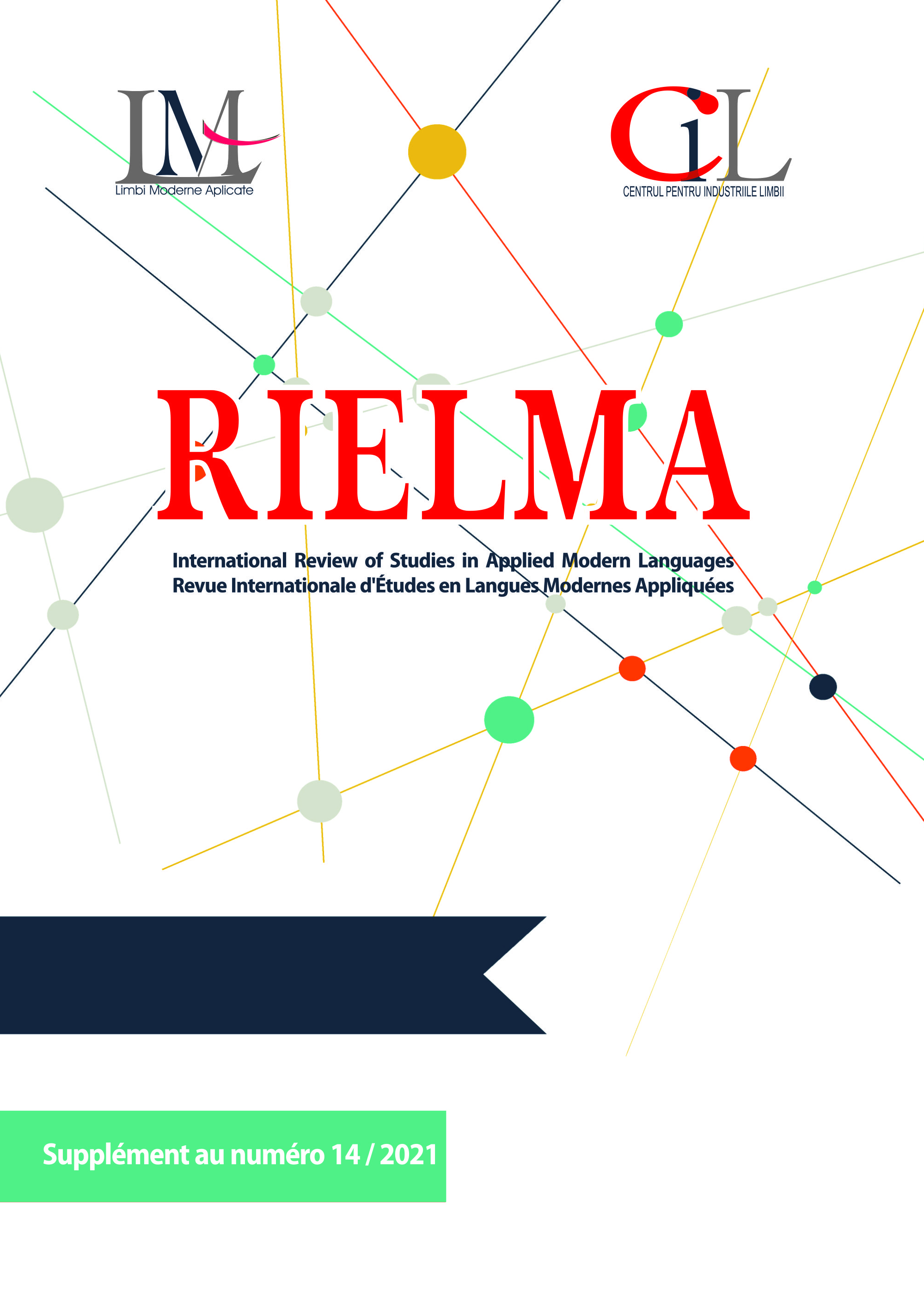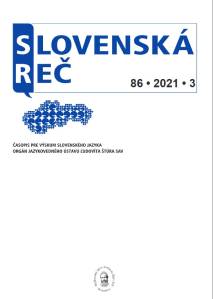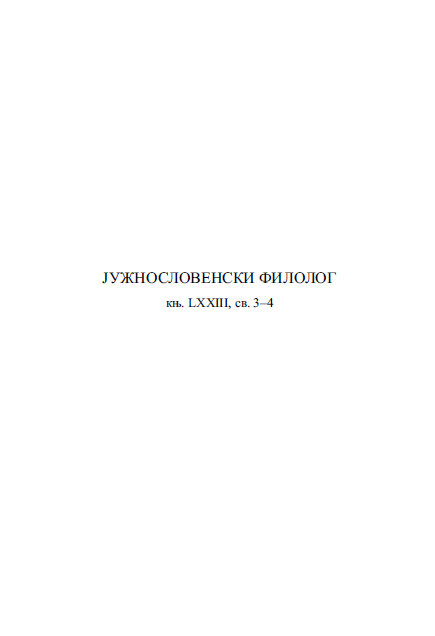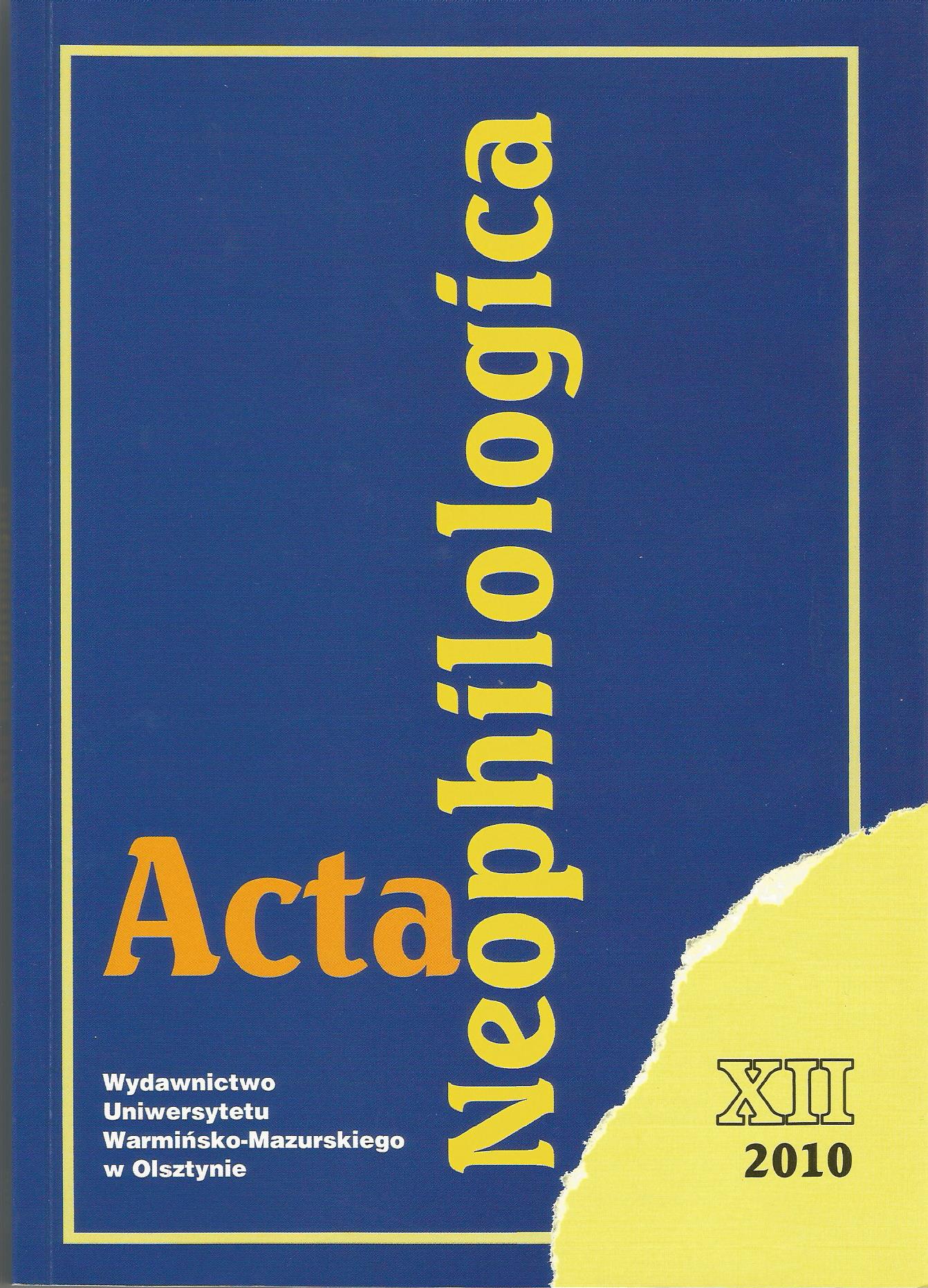
ЭКСТРАЛИНГВИСТИЧЕСКИЕ КОМПОНЕНТЫ ПОМИНАЛЬНОГО ДИСКУРСА (НА МАТЕРИАЛЕ СТАРООБРЯДЧЕСКОГО ВОЙНОВСКОГО СИНОДИКА)
The observed distinctive features of the Old Believers’ Sinodik from Wojnowo enable one to see it as part of religious discourse, i.e. the whole body of the spoken and written texts constituting this type of communication. On the basis of the text of Sinodik and its extralinguistic factors (concept, objective, strategy, participants of communication, precedented texts, precedented phenomena) a distinct type of religious discourse was educed – the discourse of ‘поминовение’. Including the extralinguistic features of the text in its analysis will allow of broadened and more precise interpretation of the analyzed text.
More...
